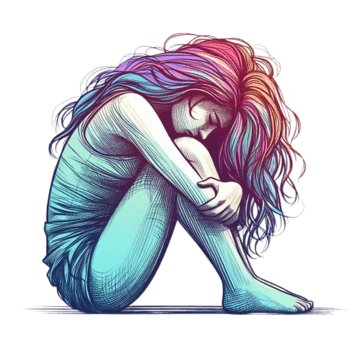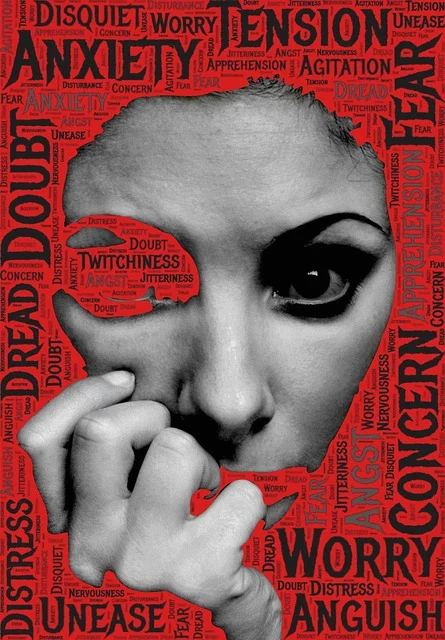Mild depression, sometimes referred to as minor depression or persistent low-grade sadness, can quietly affect daily life. It’s often less intense than major depression, but its subtle impact can still interfere with work, relationships, and general well-being. Learning to recognize and address mild depression early can make a significant difference.

What Are the Symptoms of Minor Depression?
Mild or minor depression typically includes two to four symptoms that persist for at least two weeks. These symptoms must include either a depressed mood or loss of interest/pleasure. Common signs include:
- Consistent feelings of sadness, emptiness, or low mood throughout much of the day.
- Diminished interest in activities you once enjoyed.
- Low energy or persistent fatigue, even after minor tasks.
- Trouble concentrating, foggy thinking, or slowed decision-making.
- Changes in sleep patterns—sleeping too much or having trouble sleeping.
- Altered appetite or weight fluctuations.
- Feelings of worthlessness, guilt, or hopelessness.
- Unexplained physical discomforts, such as headaches, aches, or digestive upset.
These symptoms may not be as severe or disruptive as in major depression but can still be distressing and impair functioning.
How Do I Know That I Am Suffering From Depression?
To determine whether you may be experiencing mild depression, consider the following:

- Duration
Symptoms that persist consistently for at least two weeks, including depressed mood or loss of interest, may indicate depression. - Symptom Profile
If you experience two to four of the symptoms listed above, with one being low mood or anhedonia, this aligns with minor depressive patterns. - Professional Screening Tools
While not a diagnosis, simple questionnaires like the PHQ-2 or PHQ-9 can help identify depressive symptoms and inform whether seeking further evaluation might be helpful. - Self-Observation
Notice if your energy, motivation, or mood are subtly but steadily declining. If daily tasks feel burdensome without obvious cause, it’s worth reflecting.
When Is Depression Permanent?
Depression is rarely permanent. Most depressive episodes—mild or otherwise—are temporary and can improve with appropriate care and support. However, there’s a form called persistent depressive disorder (also known as dysthymia), where symptoms last for two years or more in adults (one year in children).
In persistent depressive disorder, low-level symptoms such as fatigue, low self-esteem, decreased concentration, and hopelessness are present most days. While less acute, these symptoms can endure, causing chronic distress if left unaddressed.
How to Stop Mild Depression
Although mild depression may feel persistent, many strategies can help alleviate symptoms and support recovery:
1. Stay Active and Connect Socially
Instead of withdrawing, maintain contact with friends or family. Spending time together, even in simple ways, can provide emotional lift. Low-intensity social interaction strengthens mood and reduces isolation.
2. Incorporate Regular Physical Activity
Engaging in exercise—even walking, jogging, yoga, or outdoor movement—can produce mood-boosting brain chemicals. Making moderate exercise a habit supports emotional balance.
3. Prioritize Sleep and Nutrition
A regular sleep schedule helps stabilize mood. Aim for consistent bedtimes and avoid stimulating screens before sleep. Nourishing your body with balanced meals—including fruits, vegetables, whole grains, and lean proteins—supports energy and mental clarity. Limiting alcohol, excessive caffeine, sugar-laden foods, and processed items is also important.
4. Create a Routine and Set Realistic Goals
Depression can make daily life feel unstructured and overwhelming. Having a simple daily plan—even small tasks—can restore a sense of control and achievement.
5. Practice Mindfulness, Relaxation & Self-Compassion
Techniques like deep breathing, meditation, or gratitude exercises aid in calming the mind and reducing negative thinking. Self-compassion—treating yourself kindly rather than critically—can buffer against low mood.
6. Engage in Enjoyable or Meaningful Activities
Whether it’s listening to music, journaling, spending time in nature, or pursuing a hobby—doing things that bring pleasure or purpose supports mood recovery.
7. Monitor Mood & Feelings
Keeping a mood diary helps you identify patterns, triggers, and progress—even on subtle days.
8. Seek Professional Help When Needed
If symptoms persist or grow more severe, talking to a therapist, counselor, or healthcare provider is wise. Behavioral therapies like cognitive behavioral therapy (CBT) and, in some cases, medication can offer effective support.
Quick-Reference Summary
| Question | Key Insight |
|---|---|
| What are symptoms of minor depression? | Low mood, low energy, sleep and appetite changes, etc. |
| How do I know if I’m depressed? | Persistent symptoms for 2+ weeks, screening tools help |
| When is depression considered permanent? | Persistent disorder occurs when symptoms last 2+ years |
| How to stop mild depression? | Activity, routine, self-care, mindfulness, professional support |
Final Thoughts:
Recognizing mild depression empowers you to take meaningful steps—lifestyle adjustments, self-care strategies, or professional help—to feel better. Small, consistent changes often lead to significant improvements. You’re not alone, and many paths lead toward brighter days.



